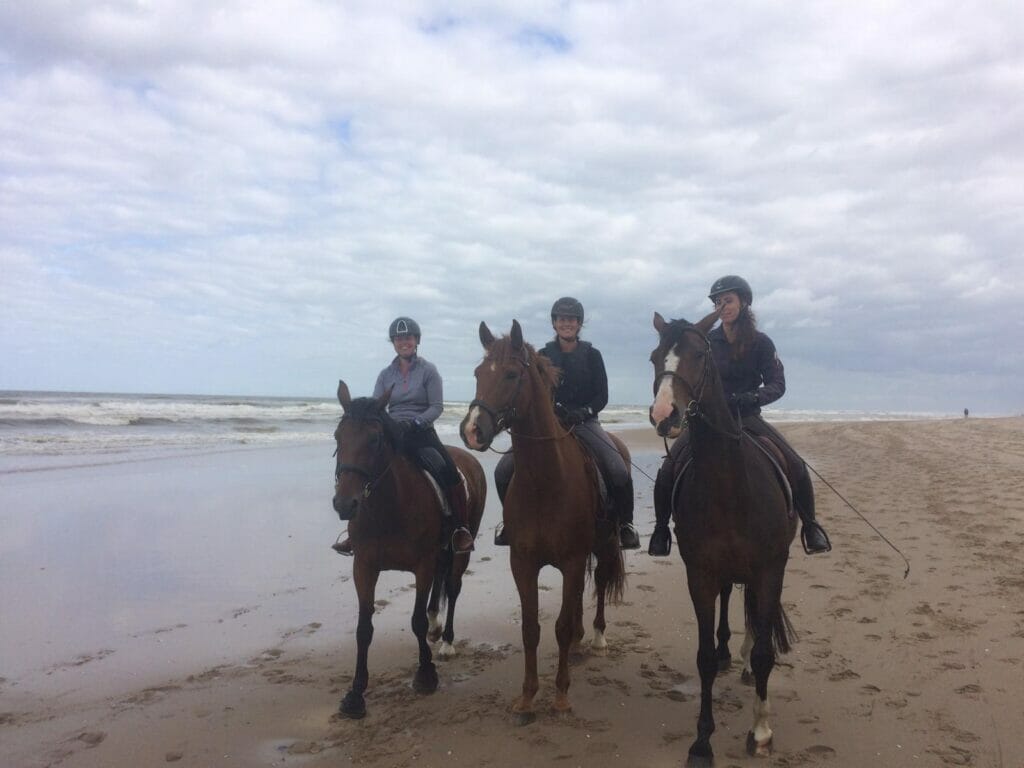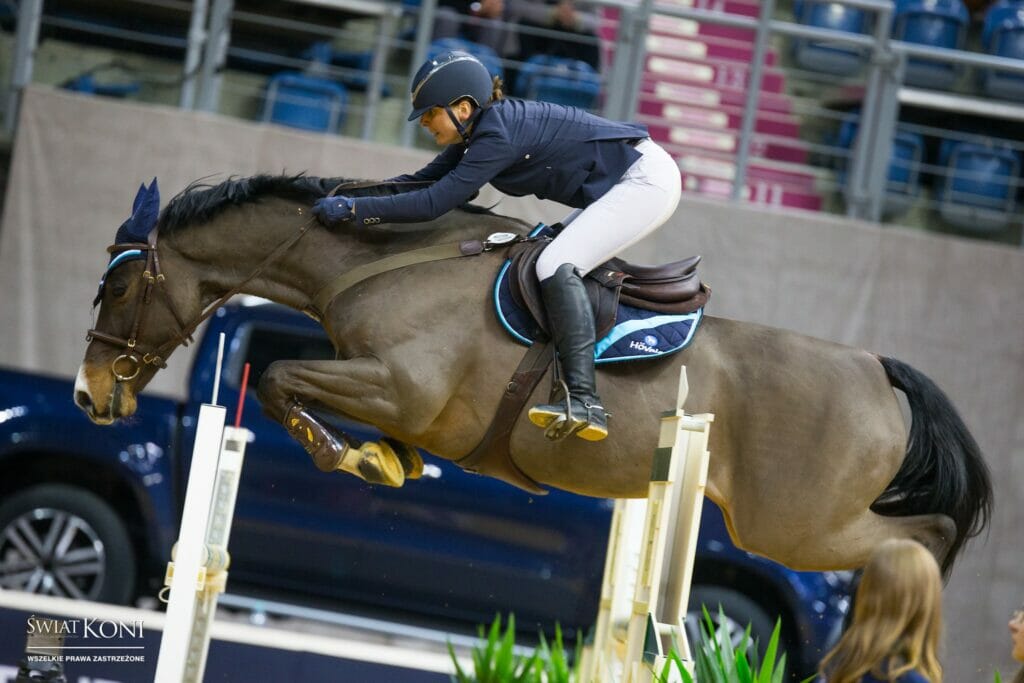Finding a truly appropriate, adequately sound horse in the horse industry can be the equivalent of crossing a minefield!!
The later consequences of starting horses too young (in relation to the formation and growth of bones, the closing of growth plates, maturity etc.), training methods that are biomechanically inaccurate and cause undue stress on the horse’s body, inadequate treating or recognition of injuries or gait abnormalities, are not always readily apparent during the average search.

It is also important to be able to recognize a truly vertically and horizontally balanced horse (without gadgets or aversive techniques).
Compensatory movement patterns caused by any of the above can lead to purchasing a horse that initially seems great, but a few months out may be displaying evidence of underlying issues.
Some factors to consider when looking at potential purchases:
The process for making sure that they are physically in order for what you want to do can and should be comprehensive. Some of the questions that should be answered through a combination of observation and examination should include:
- Noting of any crookedness or asymmetries.
- A comprehensive history of the horse (vet, training, genetic background for any neurological potential etc)
- Saddle fit protocol (ill-fitting saddles can cause back issues which can lead to overloading of other limbs and undue wear and tear which may not be readily seen until after purchase)
- Evidence of good musculature
- Appropriate foot care and condition
- Note of any behavioral issues (pinning ears when saddle comes out or when rider goes to mount, unwillingness to go forward easily etc.)
- History of an appropriate nutritional program.
It is also important to be aware that many horses are not trained in balance, and might already cope with underlying injuries.
It is hard to find a horse which is completely sound and sometimes even harder to keep the horse comfortable and sound!








